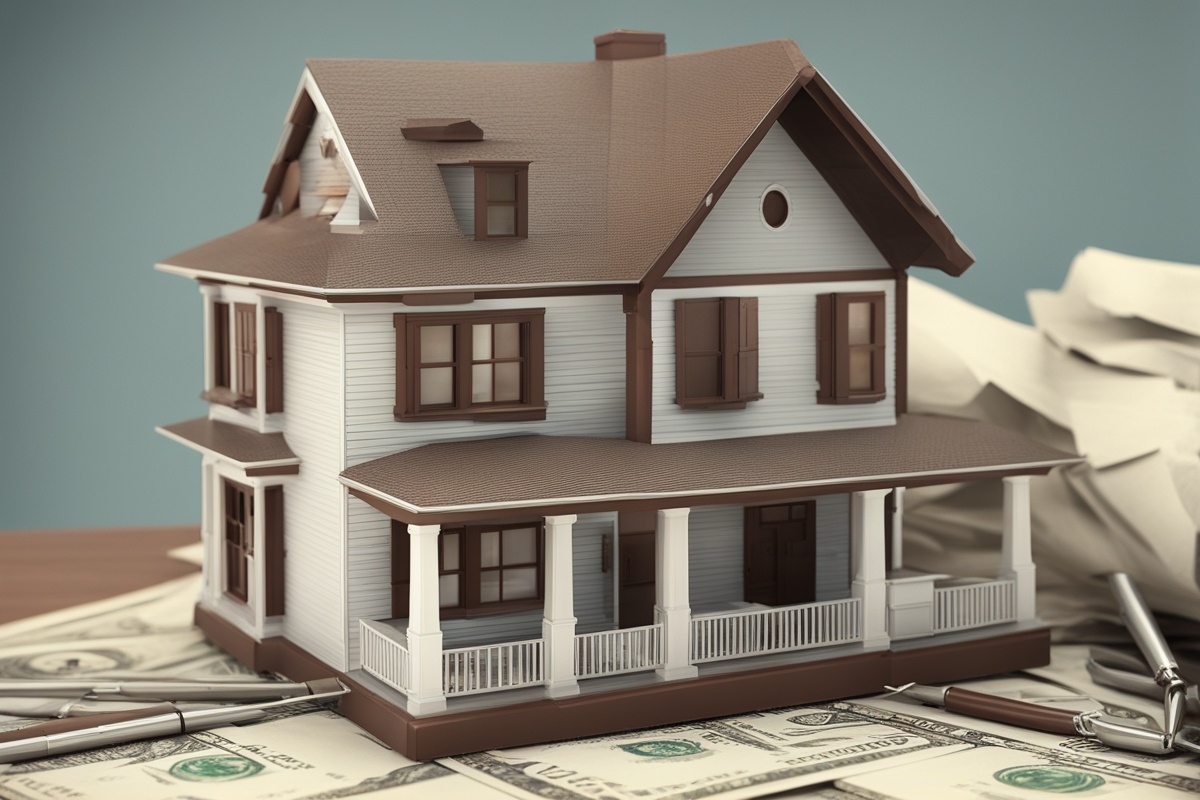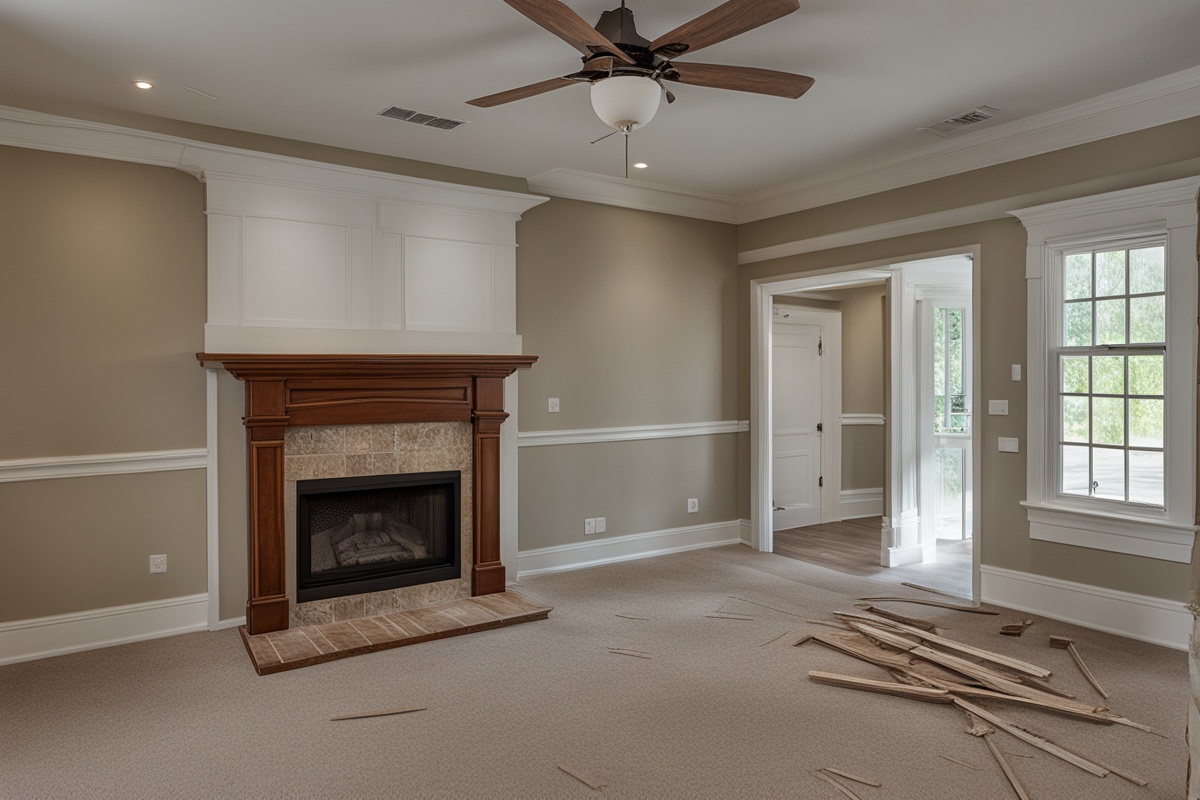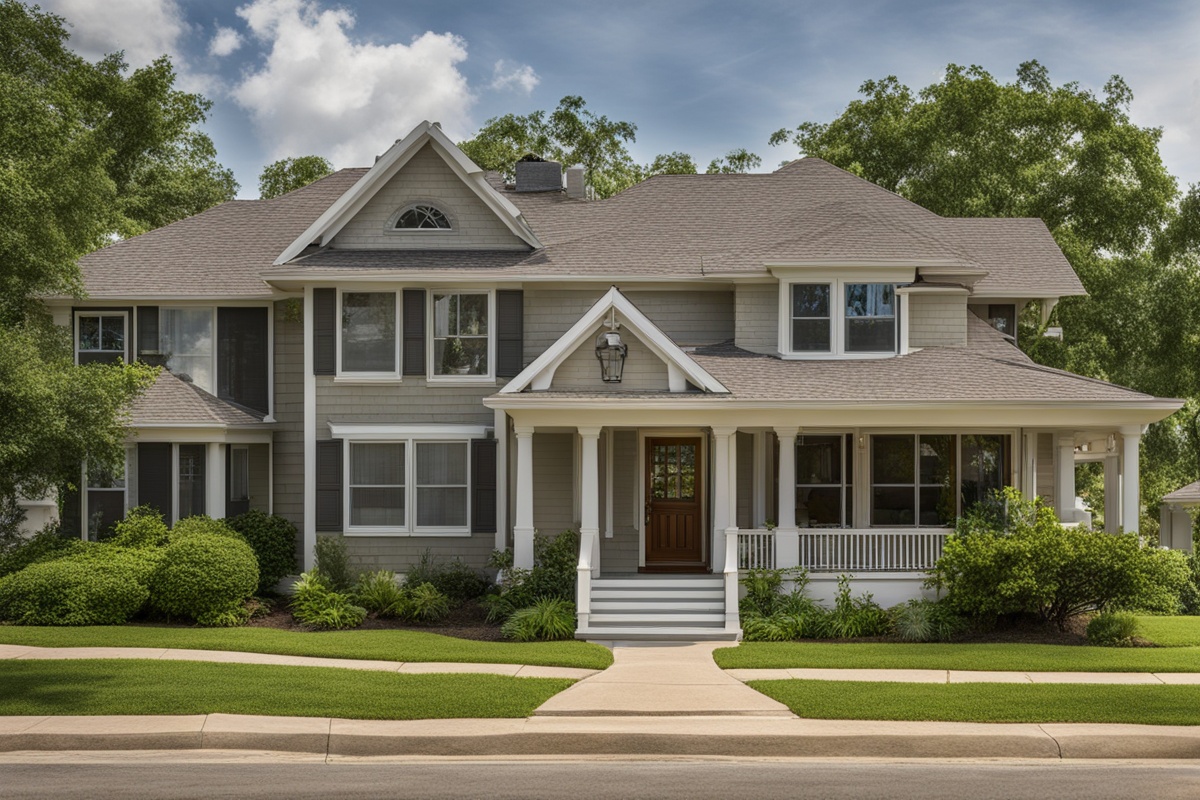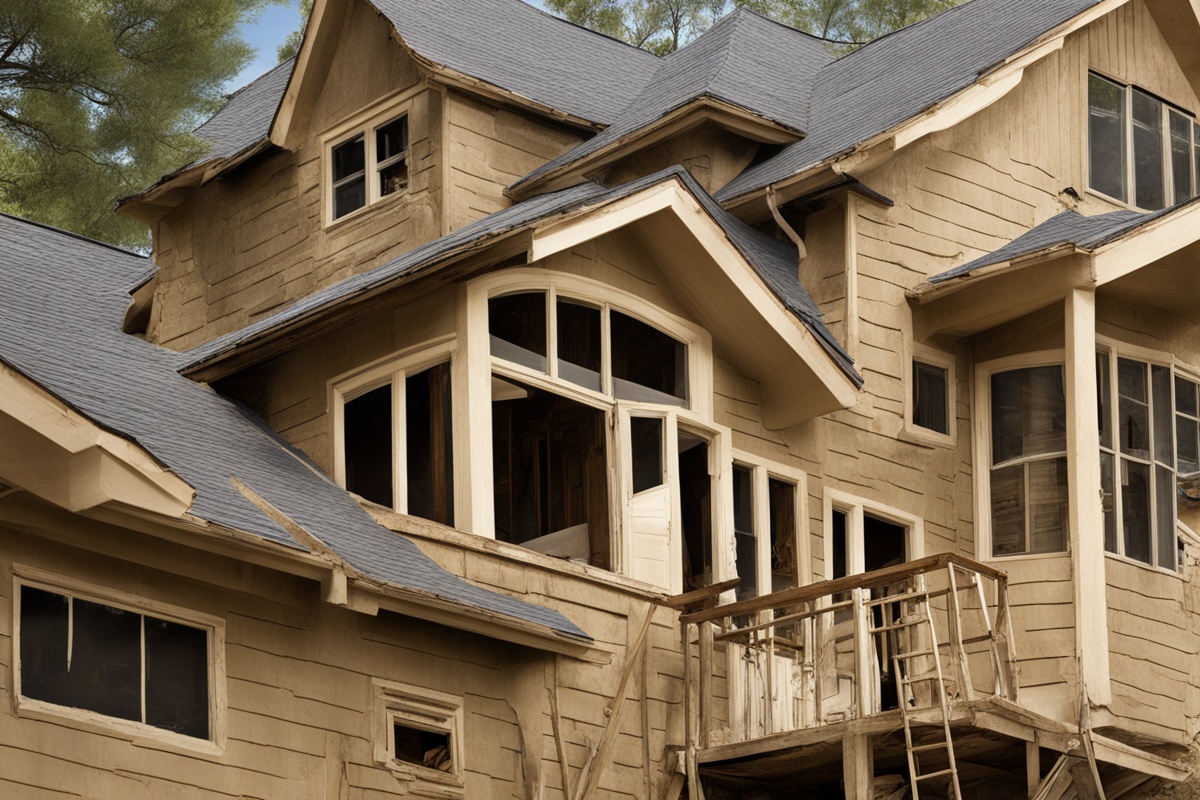Property rehabilitation is a rewarding yet challenging endeavor, especially when it comes to revamping distressed homes successfully. These properties, often in disrepair or abandoned, present unique opportunities for investors and homeowners to transform neglected spaces into valuable assets. Whether you’re a seasoned real estate investor or a first-time renovator, understanding the nuances of rehabilitating distressed homes can lead to significant returns on investment and personal satisfaction. In this comprehensive guide, we’ll explore key strategies, tips, and considerations to help you navigate the process of turning a fixer-upper into a dream home or profitable property.
Understanding Distressed Homes: What Are They?
Distressed homes are properties that are in poor condition due to neglect, financial issues, or other circumstances such as foreclosure or natural disasters. These homes often require significant repairs and updates to become livable or marketable. Revamping distressed homes successfully starts with identifying the potential in these properties. They may have structural issues, outdated systems, or cosmetic damage, but with the right approach, they can be transformed into stunning residences or rental units. Recognizing the level of distress and the required investment is the first step in this journey, as it helps set realistic expectations and budgets.
Assessing the Property: Key Factors to Consider
Before diving into a rehabilitation project, a thorough assessment of the distressed home is crucial. Start by evaluating the structural integrity of the property—look for signs of foundation issues, roof damage, or water leaks. Next, inspect essential systems like plumbing, electrical, and HVAC to determine if they need repairs or complete replacements. Cosmetic issues, such as outdated interiors or damaged walls, should also be noted, though they often require less investment compared to structural fixes. By creating a detailed checklist, you can prioritize repairs and allocate resources effectively. For more insights on property evaluation, check out our guide on assessing fixer-upper potential.
Budgeting for Success: Planning Your Finances
One of the most critical aspects of revamping distressed homes successfully is creating a realistic budget. Underestimating costs can derail your project, so it’s essential to account for both expected and unexpected expenses. Begin by estimating the cost of major repairs, such as foundation work or roof replacement, and then factor in smaller tasks like painting or flooring. Don’t forget to include a contingency fund—typically 10-20% of your total budget—for unforeseen issues like hidden mold or electrical hazards. Additionally, consider financing options if you’re working with limited capital. Our article on financing property renovations offers valuable tips for securing funds for your project.
Designing a Rehabilitation Plan: From Vision to Reality
Once you’ve assessed the property and set a budget, the next step is to design a rehabilitation plan. This roadmap should outline the scope of work, timelines, and resources needed to complete the project. Start by prioritizing structural and safety-related repairs before moving on to cosmetic updates. If you’re aiming to sell the property, focus on upgrades that increase market value, such as modern kitchens or energy-efficient features. For rental properties, durability and low maintenance should guide your design choices. Collaborating with contractors and designers can help refine your vision. Learn more about creating effective plans in our post on property renovation timelines.
Navigating Legal and Regulatory Challenges
Revamping distressed homes successfully often involves navigating a maze of legal and regulatory requirements. Before starting any work, research local zoning laws, building codes, and permit requirements to ensure compliance. For foreclosed or abandoned properties, verify ownership and clear any liens or title issues. Failure to address these matters can result in fines, delays, or even legal disputes. If you’re new to property rehabilitation, consulting with a real estate attorney or local expert can save you time and money. For additional guidance, explore our resource on legal considerations for property rehab.
Maximizing Returns: Marketing and Selling Rehabilitated Homes
After completing the rehabilitation, the final step is to maximize your returns by effectively marketing and selling or renting the property. Staging the home to highlight its renovated features can attract potential buyers or tenants. High-quality photos and virtual tours are essential in today’s digital marketplace. Additionally, pricing the property competitively based on local market trends can expedite the sale or lease process. If you’re unsure how to position your property, consider working with a real estate agent who specializes in renovated homes. For tips on increasing property appeal, read our article on staging homes for quick sales.
Disclaimer: The information provided in this article is for general informational purposes only and should not be considered as professional financial, legal, or real estate advice. Property rehabilitation involves significant risks and costs, and outcomes may vary based on individual circumstances. We recommend consulting with qualified professionals, such as contractors, real estate agents, or legal advisors, before embarking on any property renovation project. The authors and publishers of this content are not responsible for any losses or damages resulting from the use of this information.
References
- Realtor.com – What Is a Distressed Property?
- Investopedia – Buying a Foreclosed Home
- HGTV – Fixer-Upper Costs: What to Expect
- Forbes – How to Flip a House Successfully
- Nolo – Legal Issues When Buying a Foreclosed Home
This content is for informational purposes only and not a substitute for professional advice.





